Hirado, where East meets West
by Raina, staff writer of japan-guide.com
| previous post |
| next post |
2015/10/21 - Hirado, where East meets West
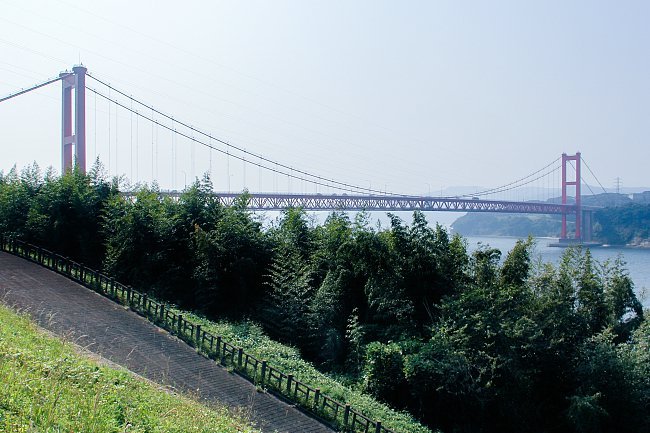
Hirado is an island in northern Nagasaki Prefecture, connected to mainland Kyushu by the Hirado Bridge. If you are visiting Fukuoka or Nagasaki and want to visit somewhere off-the-beaten-track, Hirado could be a relaxing one-day tour filled with history and culture. It takes about two hours to reach Hirado's city center from either city. Most of the sites that I visited today were located around downtown Hirado, a relatively small area on Hirado Island, surrounding Hirado Port, except for Tabira Catholic Church which stands on the mainland of Kyushu.
Like in Sotome, Christianity made an impact on Hirado's history, and the island was home to hidden Christians during the ban on the religion. I continued part of my Japanese Christian history education by visiting the St. Francis Xavier Memorial Church as well as the Tabira Catholic Church. Both were completed in the 20th century after the ban on Christianity had been lifted at the beginning of the Meiji Period (1868 to 1912). They are now fully operational churches.
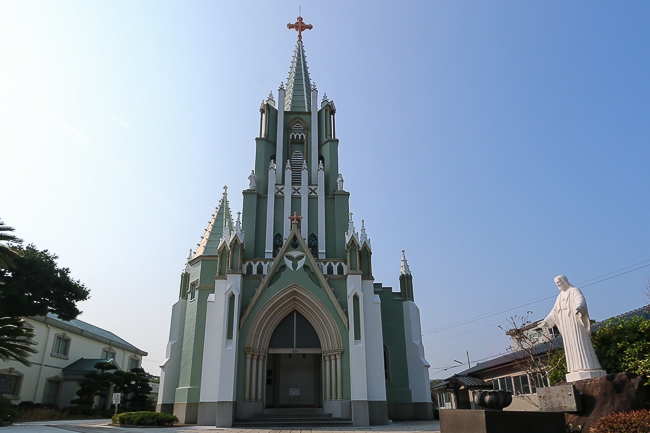
St. Francis Xavier Memorial Church was completed in 1931 and is easily recognized by the Gothic elements on its facade. Not far from the church are a number of Buddhist temples, and it is from the quiet alley along the temples that I got to see temples and the church's steeple in the same frame. It was all very serene when I was there, and there was no reason for conflict, having a church and Buddhist temples nearby - belying the unfortunate history of Christianity in Japan during the Edo Period (1603 to 1867).

In addition to Christianity, the Dutch presence in Hirado had an influence on its culture. In the 1600s, Kyushu was the entry point for most foreign ships arriving to Japan, and Hirado was one of the few ports to see foreigners. The Dutch were one of the first Western nations to open up a trading post in Hirado (before it was moved onto Dejima Island in Nagasaki City). A reconstruction of the former Dutch trading post can be visited in downtown Hirado. Inside is a museum with information about the history of the trading post as well as of Hirado.

From the former Dutch trading post, I went to the nearby Matsura Historical Museum which used to be the local feudal lord's personal villa. Much of the compound remains as it used to be, and the inside has been restored to display items belonging to the Matsura family. Some interesting exhibits include ceremonial armors, partitions (byobu), and a life sized palanquin used by the lord to commute between Hirado Castle and his villa.
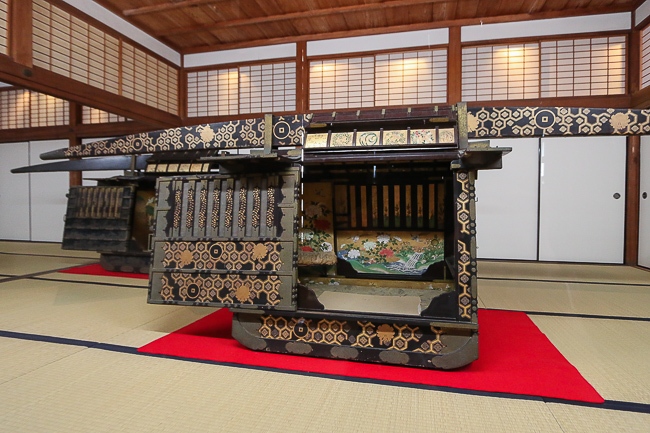
There is a tea house on the villa premises where visitors can have tea and a local traditional sweet for 500 yen. The teahouse and the walk to it contains all the typical elements of a tea garden, which can be inspected up close. I was fortunate to be able to try ubatama, a local sweet made in limited quantities.
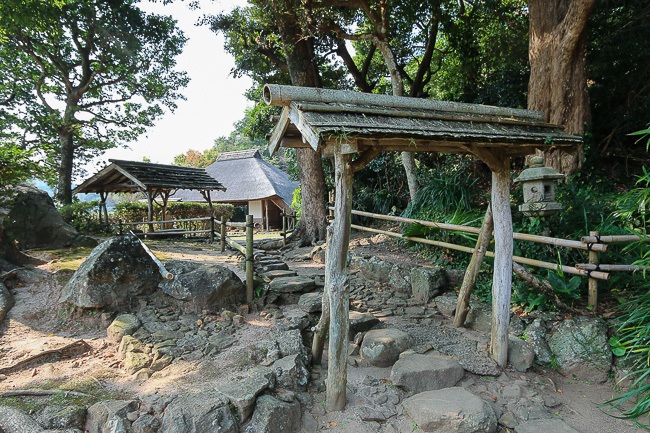
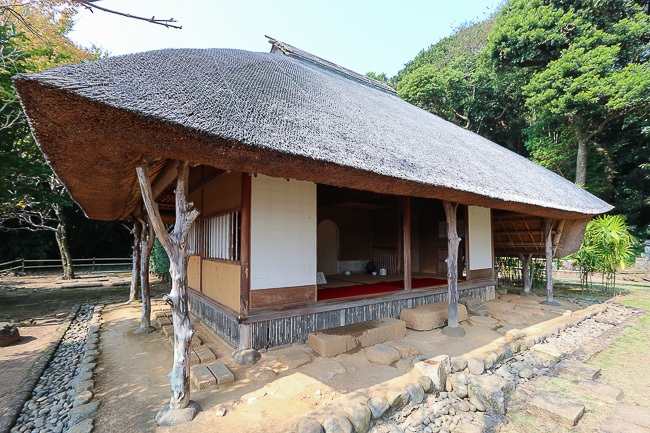
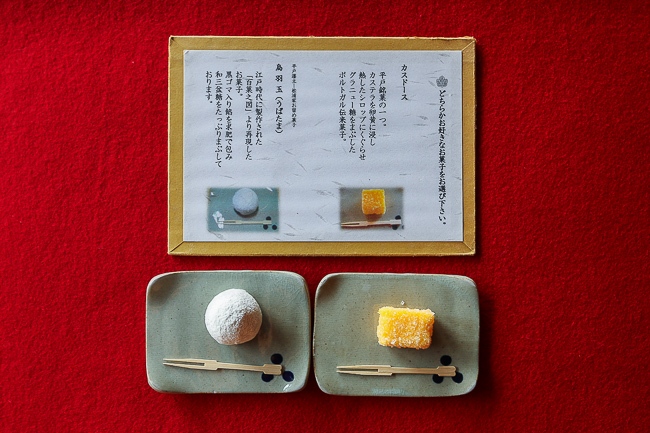

My last stop for the day was Tabira Church which was completed in 1918. Tabira Church was designed by Tetsukawa Yosuke, who also designed many other churches in Nagasaki. The brick church is built on a hill facing Hirado Island and offers nice views of the sea and the island on a good day.
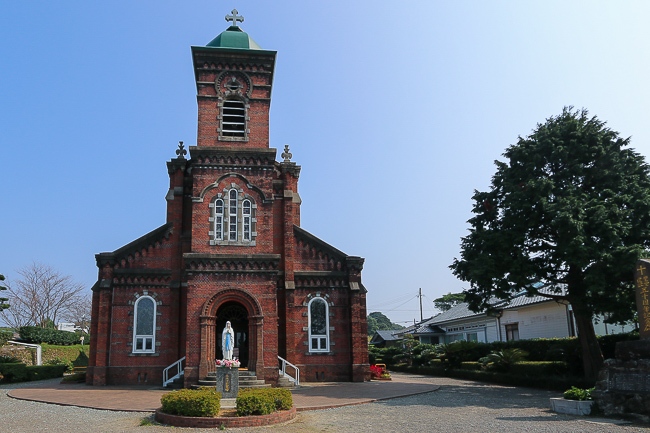
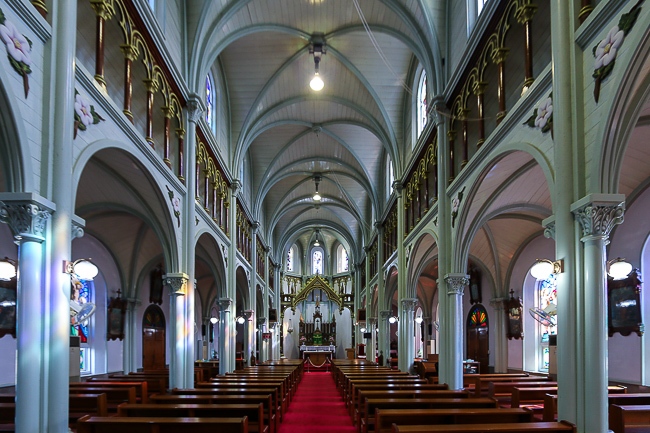
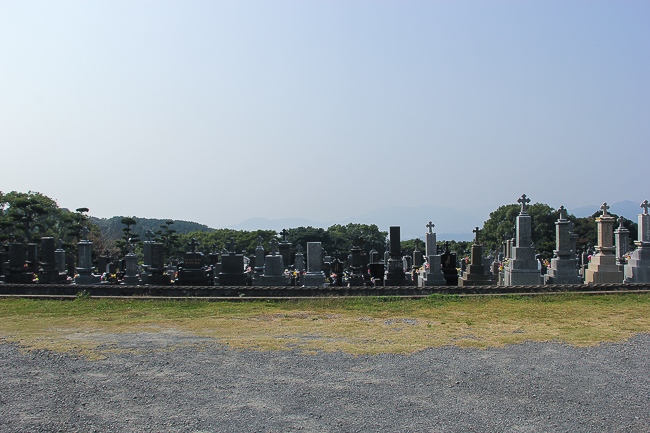
Before heading to Nagasaki airport to catch my flight back to Tokyo, I had lunch at the Hiradoseto Ichiba. Seafood caught by local fishermen and local specialties can be bought from the first floor, while the restaurant is on the second floor. The sashimi donburi I chose did not disappoint at all. It was also during lunch that I learned about fishing experience tours offered in southern Hirado. It sounded like a great idea to head out with the fishing boats in the morning to catch breakfast with the locals, but alas, time was not on my side and I'll have to leave that for my next trip.
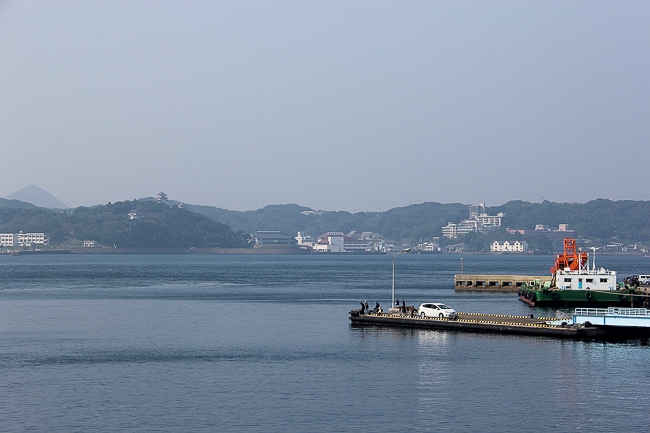
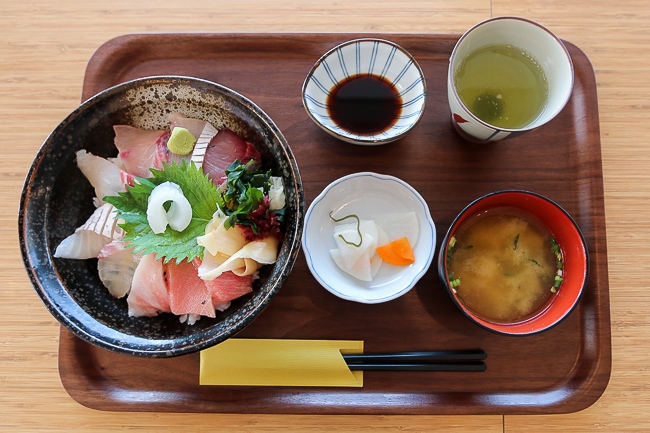
| previous post |
| next post |